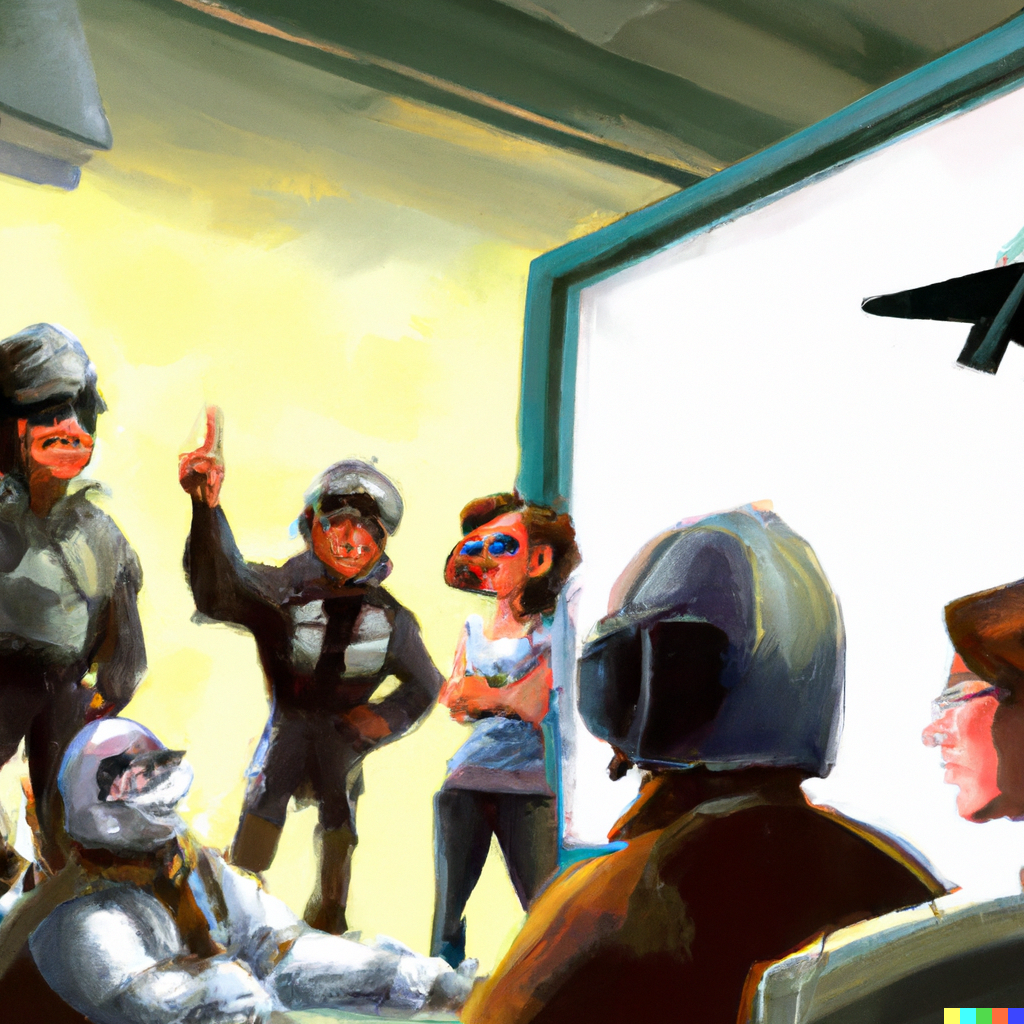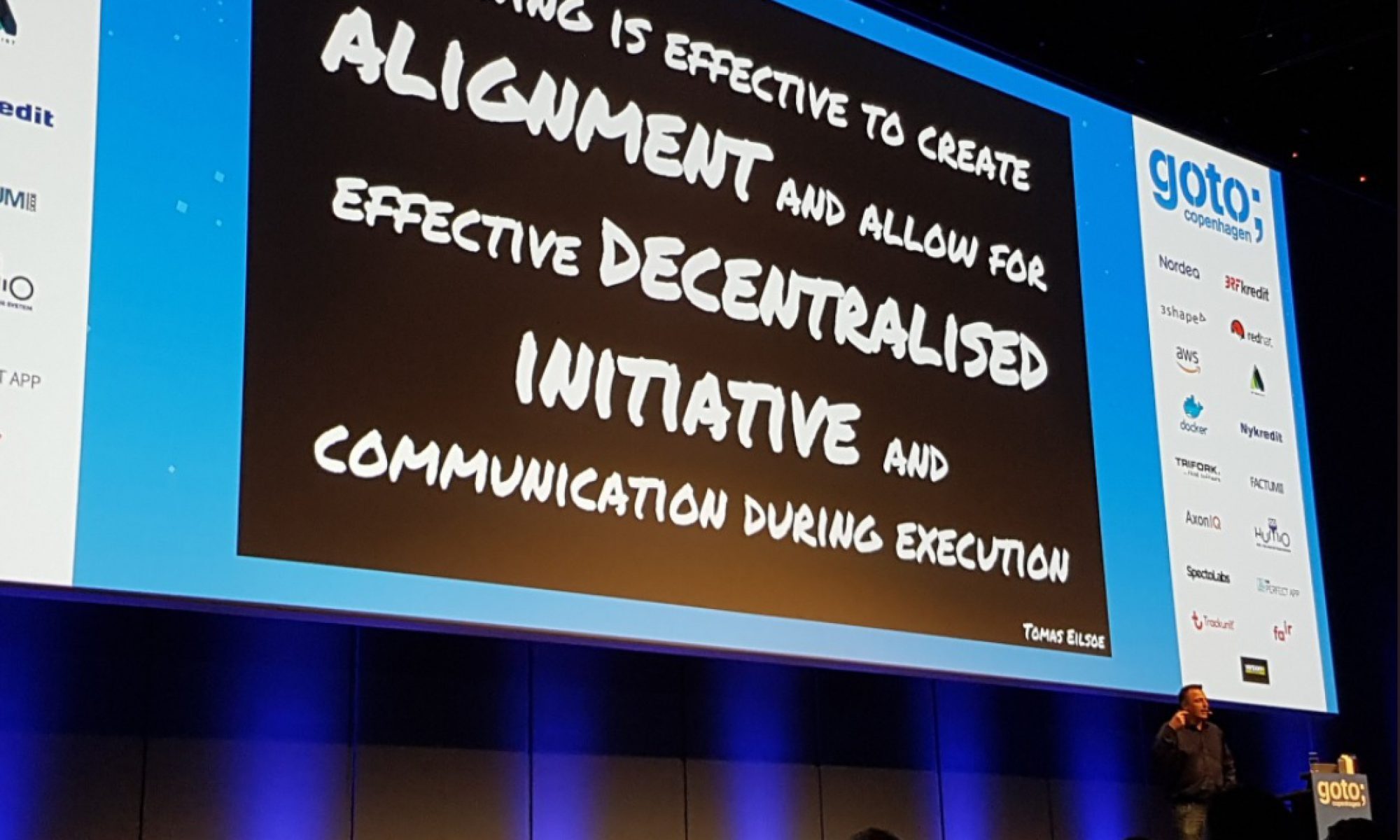As agile practitioners, we often talk about the importance of flexibility and adaptability in our work. In today’s fast-paced business environment, the ability to quickly pivot and adjust to changing circumstances is crucial for success.
But did you know that this concept is also key to military operations? In fact, the military has been utilizing agile principles for decades, long before the term “agile” even existed.

One area where this is particularly evident is in military aviation. When aviators go to war, they do not follow a rigid, top-down command structure. Instead, they plan together, understanding that their plan will not survive the first contact with the enemy. They use planning however to align themselves and make it easier to adapt cooperatively later.
The command and control unit in the air (the AWAC) does not give direct orders to the teams during execution. Instead, they provide the big picture and make only high-level strategic decisions. On the execution level, teams have full decision-making authority and coordinate changes through a flat communication structure. They continuously seek opportunities and avoid risks, all while aligning themselves with the changing big picture.
This decentralized approach allows for greater flexibility and adaptability on the battlefield. It enables teams to quickly respond to changing situations and take advantage of opportunities as they arise.
So, what can we learn from the military’s approach to agility? First, that a decentralized structure can be highly effective in fast-paced environments. Second, that the ability to adapt and respond to changing circumstances is critical for success.
As agile practitioners, we can apply these lessons to our own work. We can embrace a decentralized structure and empower teams to make decisions. We can focus on adaptability and flexibility, rather than rigid adherence to a plan. And we can continuously seek opportunities and avoid risks, all while aligning ourselves with the changing big picture.
In short, the military’s approach to agility can serve as an inspiration for us in the agile community. By embracing decentralization, adaptability, and flexibility, we can become more agile and better able to thrive in today’s fast-paced world.

Fully agreed .. same experience as commander of a mechanized batallion – leaf by intent (mission command) and let the people decide within boundaries (alignment).